Description
The Essence of Traditional Art
Traditional art is the timeless expression of culture, heritage, and human creativity passed down through generations. It reflects the identity of a community, preserving the wisdom, stories, and emotions of the past. Unlike modern or contemporary styles, traditional art is rooted in customs, beliefs, and rituals that give it meaning beyond aesthetics. From ancient cave paintings to intricate handwoven textiles, traditional art stands as a bridge between history and the present, reminding us of where we come from and the values that shaped our societies.
A Window into Culture and Heritage
Every civilization in history has left behind forms of traditional art. In India, for example, Pattachitra, Madhubani, Warli, and Tanjore paintings narrate stories of gods, nature, and folklore. In Japan, the elegance of sumi-e ink painting and ukiyo-e woodblock prints reflect simplicity and harmony. African masks, Native American totems, Persian carpets, and Celtic knotwork—all embody traditions that celebrate life, spirituality, and community.
These artworks were never just decorative; they carried deep cultural meaning. They were used in rituals, religious practices, storytelling, and even as forms of communication. A traditional painting or carving often told stories of gods, ancestors, battles, or natural cycles, passing down wisdom to the next generation in visual form.
Techniques and Craftsmanship
Traditional art is often created by hand, with techniques refined over centuries. The materials—such as natural dyes, handmade brushes, clay, stone, wood, or fabric—carry authenticity, giving each piece its unique character. Craftsmen and artisans often learn these skills from their elders, preserving the purity of methods that are often endangered in the age of machines and mass production.
The process itself is a spiritual journey. For example, Tibetan monks create intricate sand mandalas with patience and precision, only to dismantle them afterward as a reminder of impermanence. Similarly, Indian artisans spend months detailing temple murals or weaving sarees, treating their work as devotion as much as craft.
Symbolism in Traditional Art
Traditional art is rich in symbolism. Shapes, patterns, and colors often hold deeper meanings tied to philosophy, religion, or local beliefs. For instance:
-
Circles and mandalas represent wholeness and eternity.
-
Bright colors often symbolize joy, prosperity, and divine energy.
-
Natural motifs like flowers, birds, and animals signify harmony between humans and nature.
This symbolic language makes traditional art not only visually appealing but also intellectually and spiritually meaningful. Each detail is carefully chosen to represent a thought, blessing, or teaching.
Relevance in Modern Times
Even in today’s fast-paced, digital world, traditional art holds immense value. It provides a sense of grounding and connects us to our roots. Many contemporary artists reinterpret traditional styles in modern forms, blending heritage with innovation. For instance, age-old motifs are now seen in fashion, interior décor, and digital design. Wall hangings, framed artworks, or even wallpapers inspired by traditional patterns bring culture into modern homes, adding depth and storytelling to everyday spaces.
Governments, cultural institutions, and independent organizations are also working to preserve traditional art forms that are at risk of fading away due to industrialization. By supporting traditional artisans, we not only keep these skills alive but also sustain communities that have relied on them for centuries.
Traditional Art as a Universal Language
What makes traditional art truly powerful is its universality. While styles may differ from one region to another, the essence remains the same—celebrating life, spirituality, and community. A Native American beadwork pattern may differ from an Indian rangoli, yet both symbolize harmony, tradition, and creativity. This universality makes traditional art a global language, understood and respected across cultures.
A Timeless Legacy
Traditional art is not just about preserving the past; it is about keeping alive the values of patience, devotion, and creativity. Each stroke, carving, or weave tells us about the people who came before us—their struggles, joys, beliefs, and dreams. In a world constantly chasing the new, traditional art reminds us of the beauty of continuity and the wisdom of heritage.
By celebrating and supporting traditional art, we celebrate humanity itself—its diversity, resilience, and creativity. It is not just an art form but a timeless legacy, one that connects our present to the past and inspires the future.


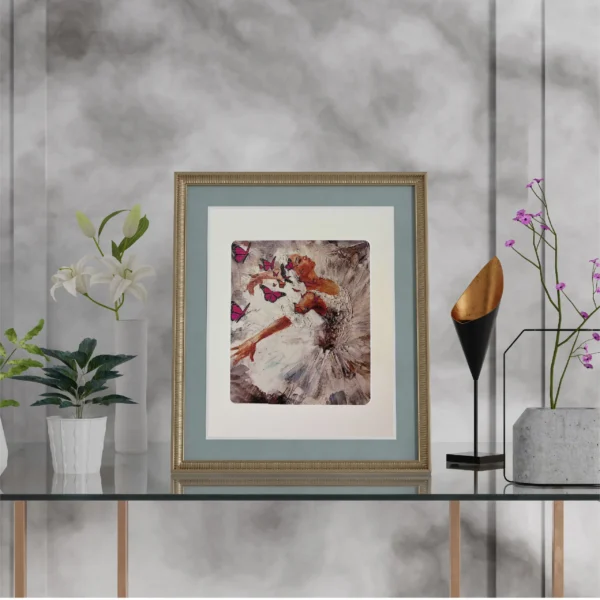
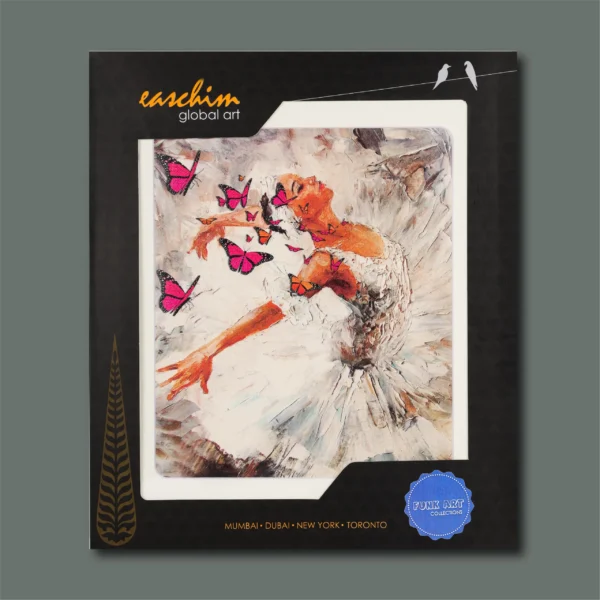
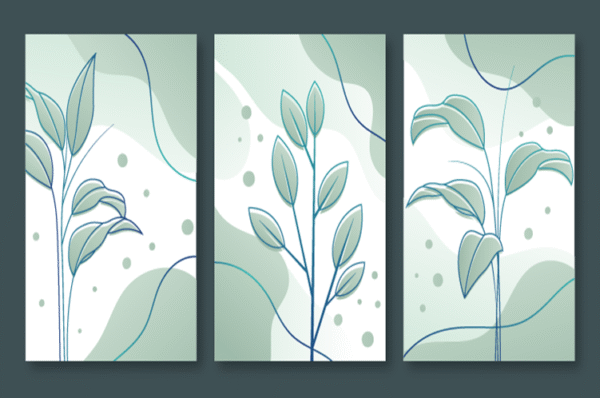
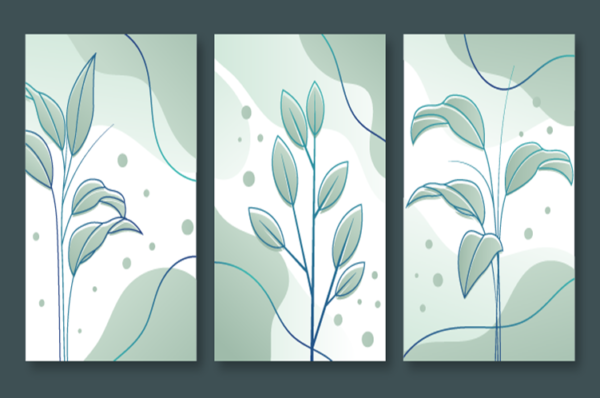
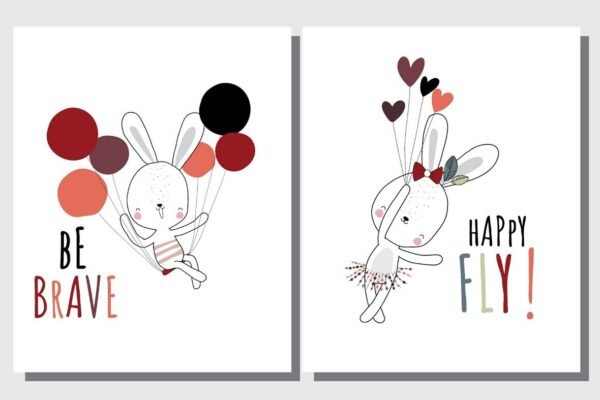
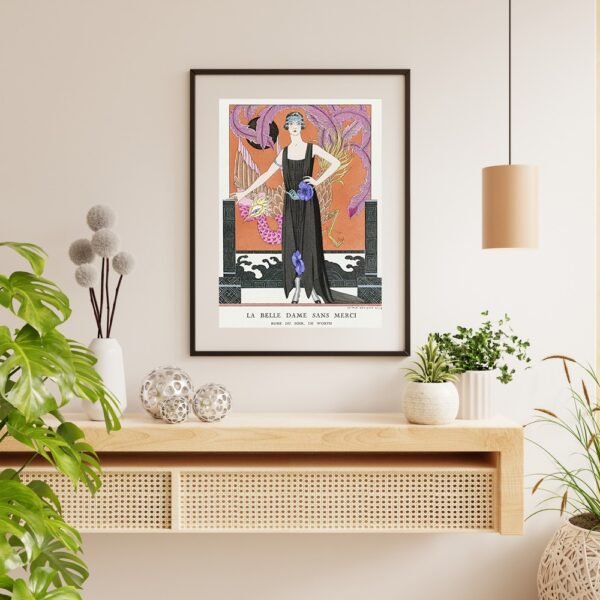
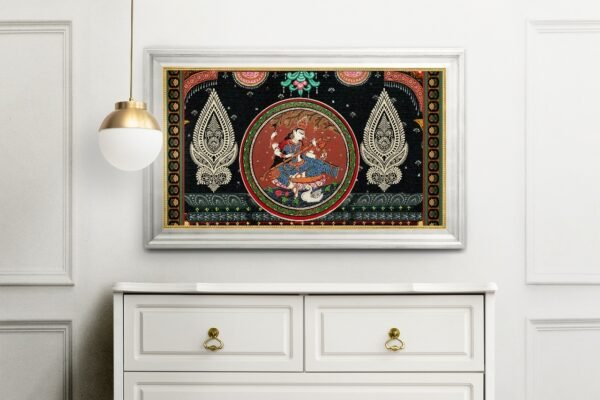

Reviews
There are no reviews yet.